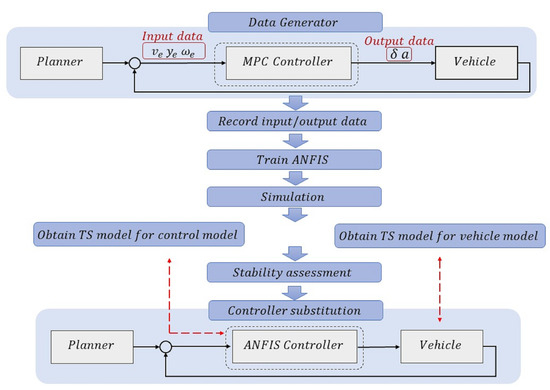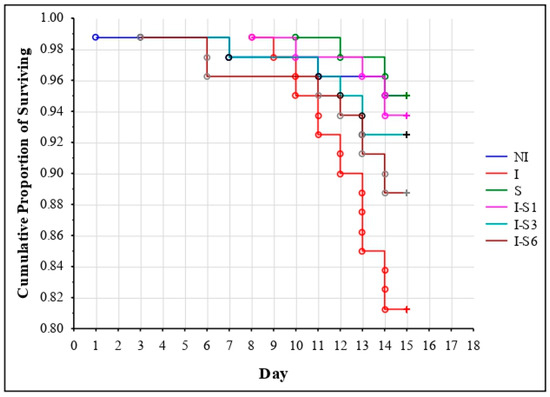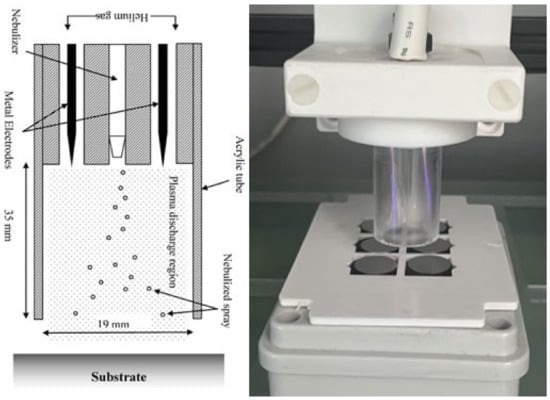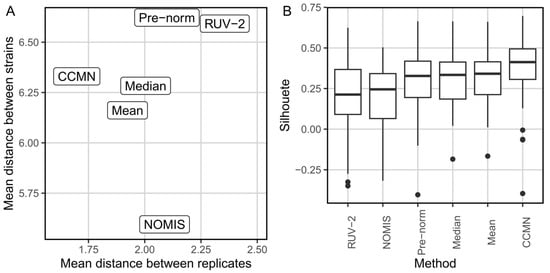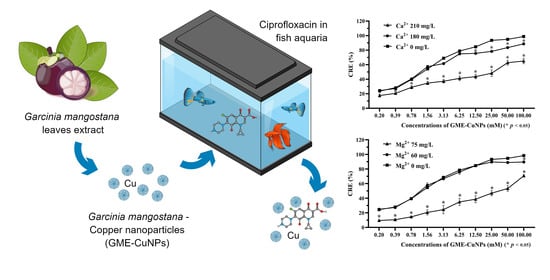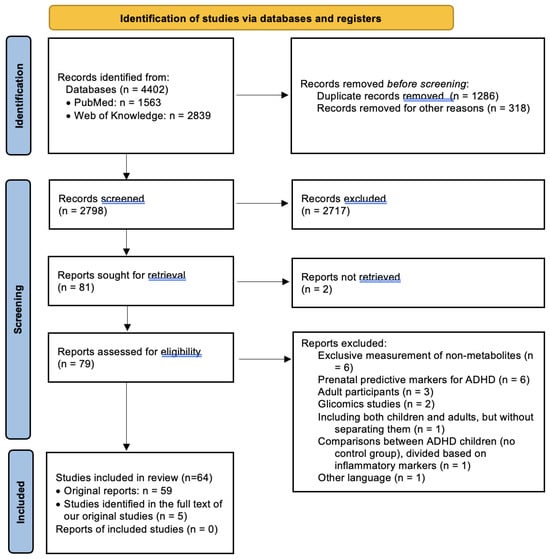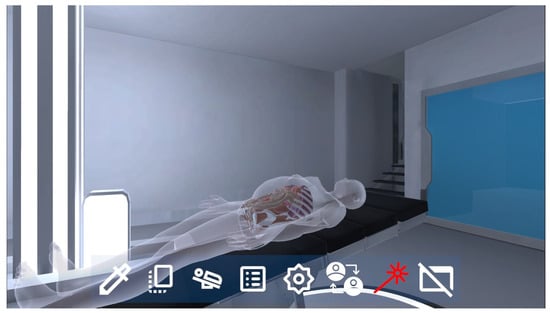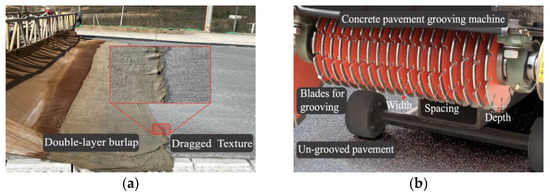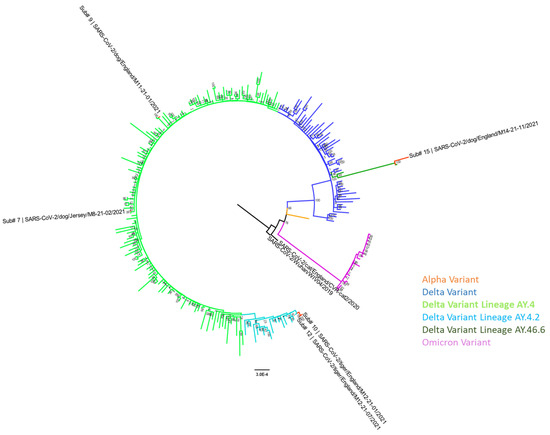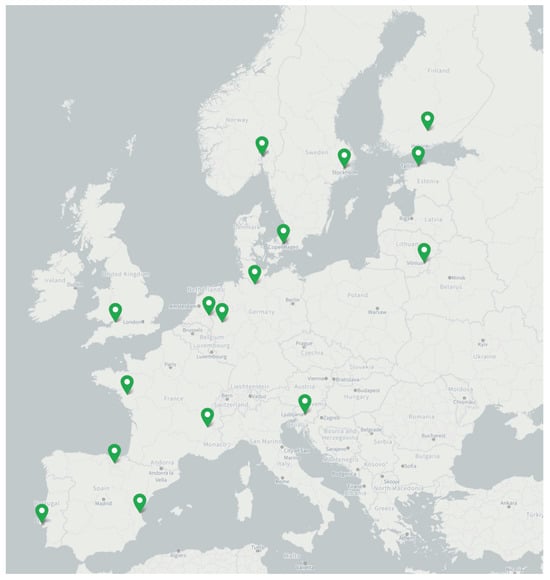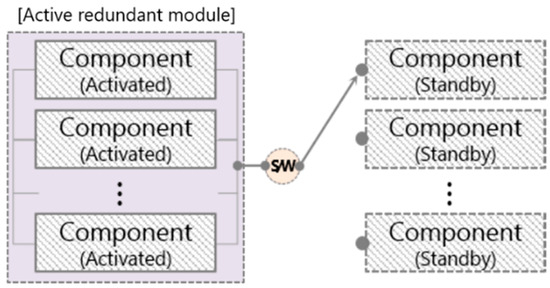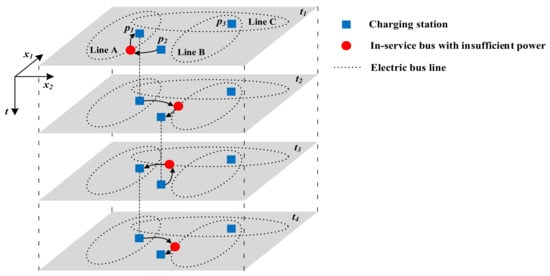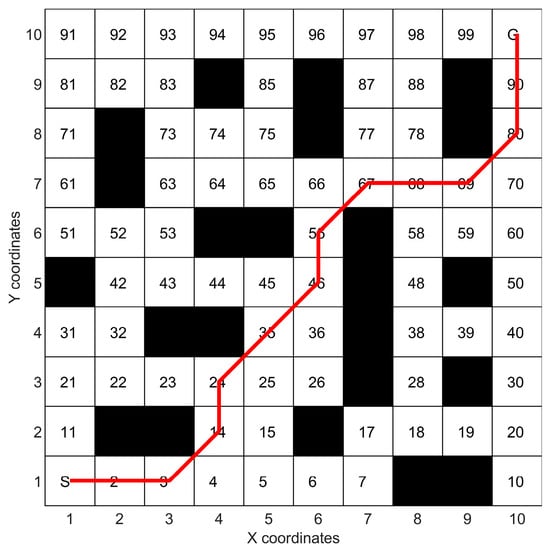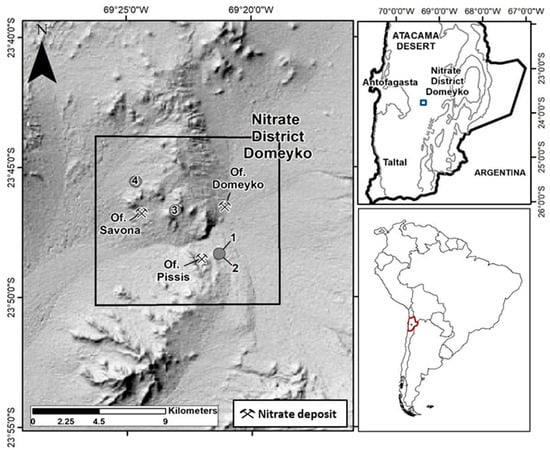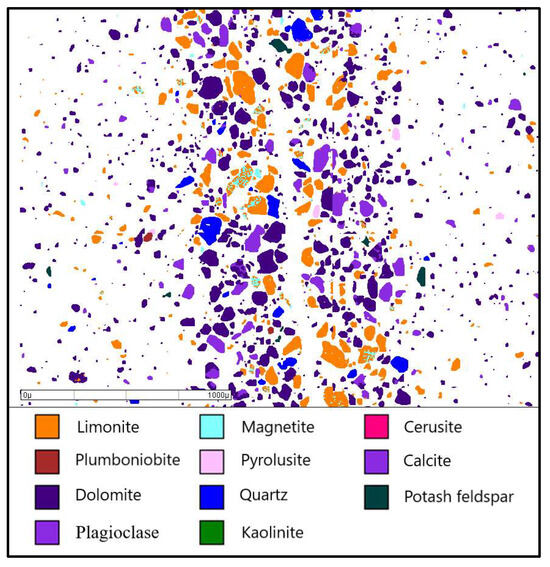Background and Objectives: Drug resistant epilepsy (DRE) is a major hurdle in epilepsy, which hinders clinical care, patients’ management and treatment outcomes. DRE may partially result from genetic variants that alter proteins responsible for drug targets and drug transporters in the brain. We
[...] Read more.
Background and Objectives: Drug resistant epilepsy (DRE) is a major hurdle in epilepsy, which hinders clinical care, patients’ management and treatment outcomes. DRE may partially result from genetic variants that alter proteins responsible for drug targets and drug transporters in the brain. We aimed to examine the relationship between
SCN1A,
GABRA1 and
ABCB1 polymorphism and drug response in epilepsy children in Vietnam.
Materials and Methods: In total, 213 children diagnosed with epilepsy were recruited in this study (101 were drug responsive and 112 were drug resistant). Sanger sequencing had been performed in order to detect six single nucleotide polymorphisms (SNPs) belonging to
SCN1A (rs2298771, rs3812718, rs10188577),
GABRA1 (rs2279020) and
ABCB1 (rs1128503, rs1045642) in study group. The link between SNPs and drug response status was examined by the Chi-squared test or the Fisher’s exact test.
Results: Among six investigated SNPs, two SNPs showed significant difference between the responsive and the resistant group. Among those, heterozygous genotype of
SCN1A rs2298771 (AG) were at higher frequency in the resistant patients compared with responsive patients, playing as risk factor of refractory epilepsy. Conversely, the heterozygous genotype of
SCN1A rs3812718 (CT) was significantly lower in the resistant compared with the responsive group. No significant association was found between the remaining four SNPs and drug response.
Conclusions: Our study demonstrated a significant association between the
SCN1A genetic polymorphism which increased risk of drug-resistant epilepsy in Vietnamese epileptic children. This important finding further supports the underlying molecular mechanisms of
SCN1A genetic variants in the pathogenesis of drug-resistant epilepsy in children.
Full article
 IJMS
IMPACT
IJMS
IMPACT Applied Sciences
IMPACT
Applied Sciences
IMPACT Sustainability
IMPACT
Sustainability
IMPACT Sensors
IMPACT
Sensors
IMPACT JCM
IMPACT
JCM
IMPACT Energies
IMPACT
Energies
IMPACT Molecules
IMPACT
Molecules
IMPACT Materials
IMPACT
Materials
IMPACT Remote Sensing
IMPACT
Remote Sensing
IMPACT Cancers
IMPACT
Cancers
IMPACT Electronics
IMPACT
Electronics
IMPACT Mathematics
IMPACT
Mathematics
IMPACT Foods
IMPACT
Foods
IMPACT Buildings
IMPACT
Buildings
IMPACT Plants
IMPACT
Plants
IMPACT Nutrients
IMPACT
Nutrients
IMPACT Animals
IMPACT
Animals
IMPACT Polymers
IMPACT
Polymers
IMPACT Water
IMPACT
Water
IMPACT Diagnostics
IMPACT
Diagnostics
IMPACT Biomedicines
IMPACT
Biomedicines
IMPACT Agronomy
IMPACT
Agronomy
IMPACT Microorganisms
IMPACT
Microorganisms
IMPACT Processes
IMPACT
Processes
IMPACT Healthcare
IMPACT
Healthcare
IMPACT Forests
IMPACT
Forests
IMPACT Cells
IMPACT
Cells
IMPACT JMSE
IMPACT
JMSE
IMPACT Medicina
IMPACT
Medicina
IMPACT Viruses
IMPACT
Viruses
IMPACT Agriculture
IMPACT
Agriculture
IMPACT Nanomaterials
IMPACT
Nanomaterials
IMPACT IJERPH
IJERPH
 Land
IMPACT
Land
IMPACT Pharmaceutics
IMPACT
Pharmaceutics
IMPACT Pharmaceuticals
IMPACT
Pharmaceuticals
IMPACT Religions
IMPACT
Religions
IMPACT Biomolecules
IMPACT
Biomolecules
IMPACT Life
IMPACT
Life
IMPACT Micromachines
IMPACT
Micromachines
IMPACT Atmosphere
IMPACT
Atmosphere
IMPACT Antioxidants
IMPACT
Antioxidants
IMPACT Genes
IMPACT
Genes
IMPACT Metals
IMPACT
Metals
IMPACT Symmetry
IMPACT
Symmetry
IMPACT Children
IMPACT
Children
IMPACT Coatings
IMPACT
Coatings
IMPACT Vaccines
IMPACT
Vaccines
IMPACT Horticulturae
IMPACT
Horticulturae
IMPACT Education Sciences
IMPACT
Education Sciences
IMPACT Minerals
IMPACT
Minerals
IMPACT Brain Sciences
IMPACT
Brain Sciences
IMPACT JPM
IMPACT
JPM
IMPACT Bioengineering
IMPACT
Bioengineering
IMPACT




